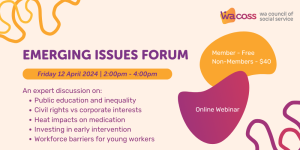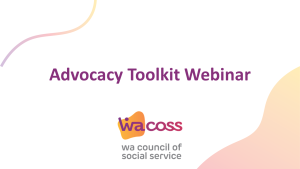“Western Australia needs to be wary of the impact of growing inequality within our community, with recent reports pointing to a growing gap in wealth and savings between those on the top incomes and those at the bottom,” warned Irina Cattalini CEO of WACOSS today.
“The ACOSS Report A Nation Divided: Inequality in Australia found that while a person in the top 20% income group had five times the income of someone in the bottom 20%, they had around seventy times the wealth.”
“This gap is even starker when we exclude the value of the family home and consider savings alone, with last week’s Bankwest Curtin Economic Centre report Beyond Our Means? Household savings and debt in Australia finding the top quintile of income earners had two hundred times the savings of the bottom quintile.”
“The impact of the resources boom in WA has meant that incomes have gone up across the board – with WA having proportionately more individuals than other states in the top 20% and the top 60% of earners, and proportionately less in the bottom 20% and 40% than other states.
“However incomes have not gone up evenly during the last 25 years, with real wages increasing more for those in the top 10% (who saw wages rise nationally by 72%) than the bottom 10% (whose wages only 3%).
“While rising incomes in WA have seen improvements in our savings over the last decade (up 110%) we are also carrying much more debt (up 78%). WA now has one of the highest debt to earnings ratios of any state, while our debt to savings ratio remains comparatively low. Over the last two decades we have become much more comfortable with debt – with average debts rising from around 47% of annual income in 1990 to over 150% in 2006. The average West Australian has around $370,000 in savings and around $189,000 in debt.
“Household savings are a measure of financial resilience that reflect our ability to respond to changing circumstances and our capacity to respond to financial crisis. It is concerning that those most at risk are single parent households with dependent children, who have the lowest rates of savings across our community ($88,000) and comparatively higher rates of debt ($104,000).
“There are almost a million low economic resource households who are in the bottom 20% for both income and savings (representing 10% of all households). These households have very little capacity to respond to a crisis, with two thirds unable to raise $3000 in an emergency. Around half of them are single women aged over 55. Their average debt ratio has deteriorated over the last decade, from 0.6 years of income in 2005 to 1.1 years in 2015.
“The proposal to cease all state funding for financial counselling services in Perth could not come at a worse time and dramatically increases the risks for some of our most vulnerable families,” said Ms Cattalini.
“Inequality is not only bad for those at the bottom but the evidence is in that it is bad for our community as a whole. When we reduce the opportunities to participate and the ability to respond to financial hardship of those in our community we also reduce the productivity of our economy. Last week’s report by the International Monetary Fund found clearly that when the circumstance of the rich improve at the expense of those on low and middle incomes GDP growth declines.
Western Australia needs to do more to address the impacts of rising living costs and falling wage rises on our community and economy,” concluded Ms Cattalini.
Media Contact
Irina Cattalini, CEO – 0422 422 438 or 9420 7222
To download a PDF of this media release, please click here.



